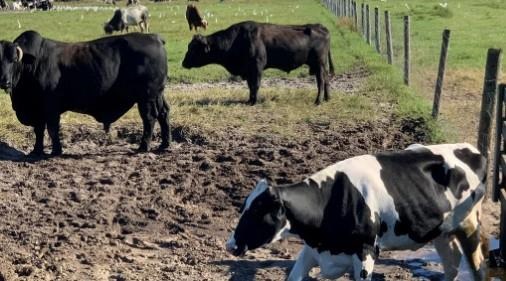That leaves golden eagles doubly vulnerable—to the shifting climate and to the wind energy promoted as a solution to that warming world.
"We have some of the best golden eagle populations in Wyoming, but it doesn't mean the population is not at risk," said Bryan Bedrosian, conservation director at the Teton Raptor Center in Wilson, Wyo. "As we increase wind development across the U.S., that risk is increasing."
Turbine blades hundreds of feet long are among myriad threats to golden eagles, which are routinely shot, poisoned by lead, hit by vehicles and electrocuted on power lines.

The tenuous position of golden eagles contrasts with the conservation success of their avian cousins, bald eagles, whose numbers have quadrupled since 2009. There are about 350,000 bald eagles in the U.S., versus about 40,000 golden eagles, which need much larger areas to survive and are more inclined to have trouble with humans.
Federal officials have tried to curb turbine deaths, while avoiding any slowdown in the growth of wind power—a key piece of President Joe Biden's climate agenda.
In April, a Florida-based power company pleaded guilty to criminal charges after wind turbines killed more than 100 golden eagles in eight states. It was the third conviction of a major wind company for killing eagles in a decade.
Dangling from a rope 30 feet (9 meters) above the ground with a canvas bag slung around his neck, Bedrosian shouldered his way into a golden eagle nest lodged in a cliff ledge. The scientist made an awkward grab for the young eagle in the nest, slid a leather hood over its head then wrestled it into the bag.
Click here to see more...